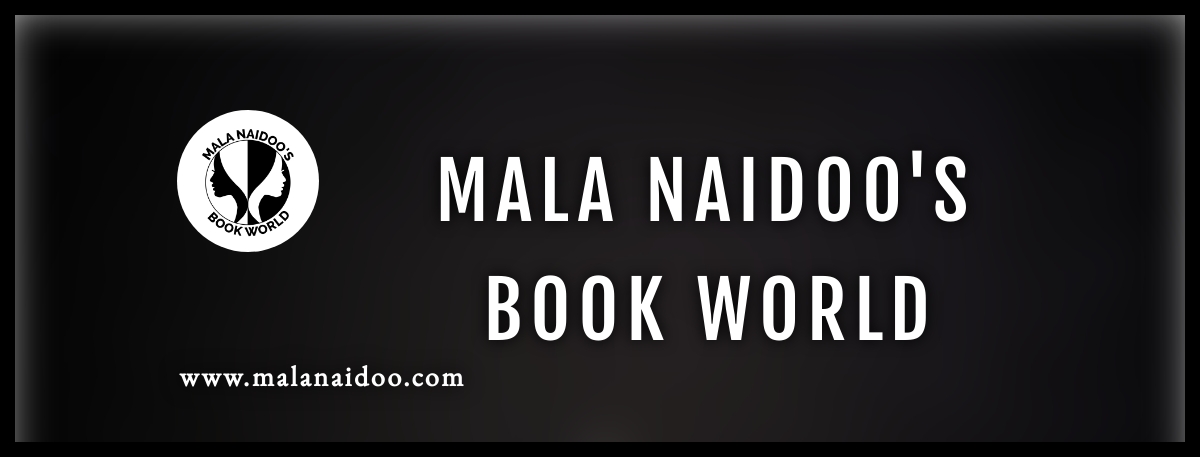
Conflict casts a shadow on truth telling, giving rise to versions of the truth over time .
Plantation Shadows unravels the truth through competing perspectives or on point revelations captured for posterity to convince the reader on a particular point of view.

The crafting of characters influences how the reader receives fictional truths. The proven trustworthy character holds the stronger sway in truth. Often, the social standing of a character influences following the ‘esteemed’ character, which might, unfortunately, lead the reader down the rabbit hole to a multiplicity of mistruths.
Who should the reader trust, the doctor, gardener, or domestic staff? Truth is not devoid of emotional strains, and memory creates versions of the truth depending on who demands it, narrates it, and receives it.
Plantation Shadows unearths the inner and outer conflict spanning three generations in a family drowning in secrets. The women living in a patriarchal community on the canefields of Natal, South Africa, take the forefront in narrating the truths that unfold one perspective at a time. The only male perspective has no blood ties to the conflicted family he serves. Edgar is the all-knowing eyes and ears between the two plantation houses, embroiled in secrets withheld in the living years. What ancestral truths will the grave yield?
There was internal strife that I was privy to, but I kept my head down and my ears open… Part Three, Edgar, ‘Plantation Shadows’
In unraveling the truth in a land buckling under colonial domination and rising resistance, is the twisted patriarchal mindset genuflecting to colonial expectations by preventing women from being heard. It is not until the fourth generation breaks the cycle of control, by assuming the courage and conviction to address and accept the long-held secret of an imploding family, hope rises.
Creating fictional women as untainted characters in a controlled society is to deny their right to break with convention in choosing the path they desire. Plantation Shadows is a closely held sisterhood of hidden truths among grandmothers, mothers and daughters.
Truth is a double-edged sword—it names and shames but creates understanding and gradual acceptance. Are generations of secrecy ever allowed to rest in peace?
Read Plantation Shadows, to feel and understand the secret hearts of the aging Milly and her dead mother.
Secrets diminish with death – Part 3, Edgar, ‘Plantation Shadows’
Please like, share and comment below:





 Why does crime fascinate the reader or the viewer? From a gripping novel to a suspenseful film, both mediums are loaded with intrigue, blood, gore, missing persons, and dead bodies, and they certainly hold our attention for more.
Why does crime fascinate the reader or the viewer? From a gripping novel to a suspenseful film, both mediums are loaded with intrigue, blood, gore, missing persons, and dead bodies, and they certainly hold our attention for more. 












You must be logged in to post a comment.